It's loved by celebrities and trainers alike - so, is there any truth in the claim Pilates can transform your body?
A deep dive into the current research.
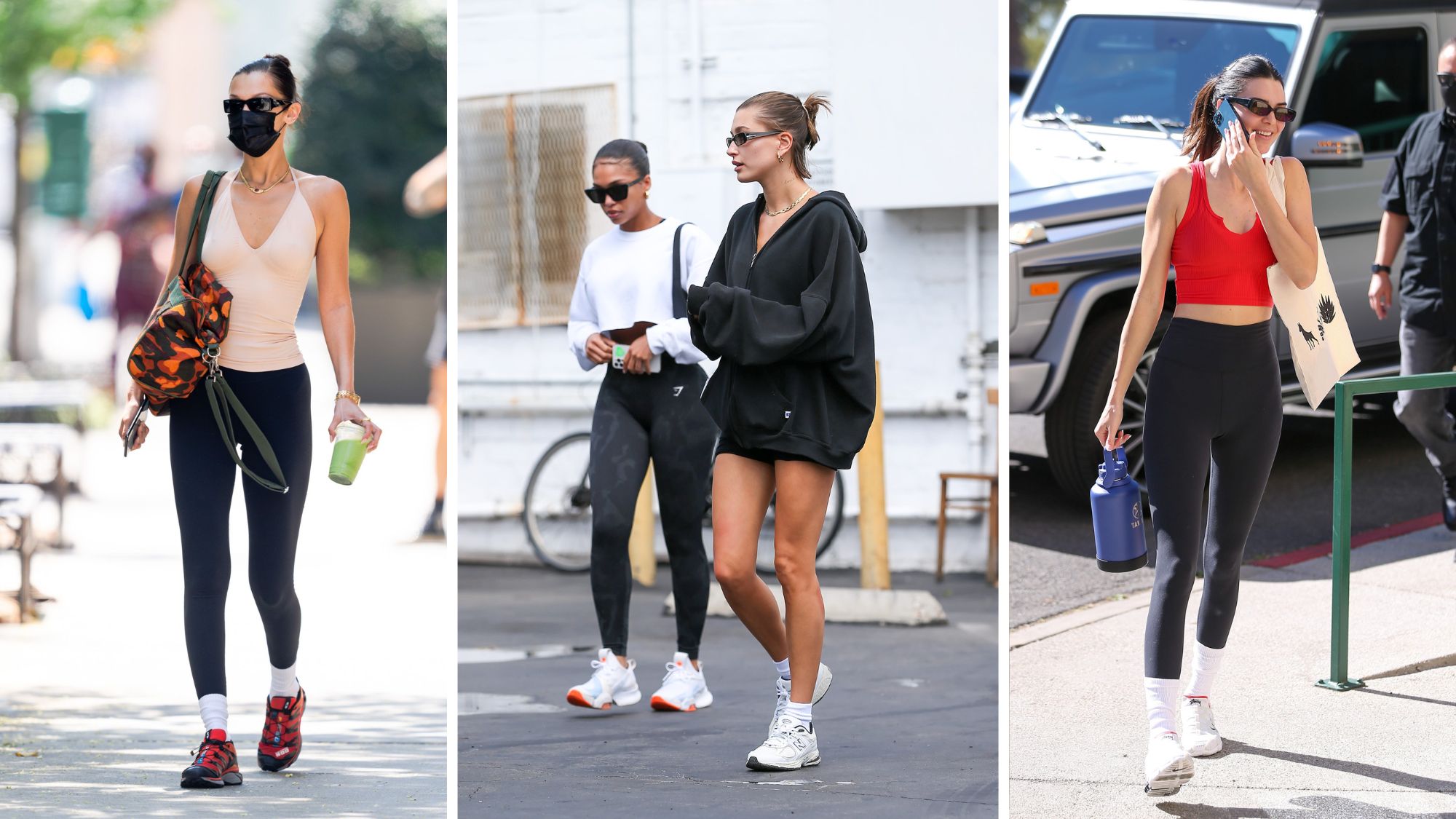

When Joseph Pilates founded the technique from a New York studio back in 1926, he couldn’t have foreseen how, almost 100 years later, Pilates workouts would have moved from a largely dancer-specific, recovery-based sweat session to what is essentially the workout of the modern era. A bold claim, you might think, but researchers predict the already hugely popular market will more than double in size over the next decade.
And with good reason: Pilates' explosion in popularity is manifold. A cult celebrity following (Harry Styles, Jennifer Aniston and Hailey Bieber are all fans) adds kudos and allure, while the science-backed benefits of Pilates are impossible to ignore. Studies – such as this one, published in the Journal of Sports Medicine and Physical Fitness – consistently show that Pilates benefits not only physical health, but also improves quality of life.
One thing that’s almost always mentioned in conjunction with a Pilates practice is the body transformational benefits it brings. There’s no doubt that the idea of a sculpted body has universal appeal, and indeed Joseph Pilates was famously quoted as saying: "In ten sessions, you feel better, 20 sessions you look better, 30 sessions you have a completely new body.”
Let’s be clear: while our aspirations for workouts (rightly) go beyond the aesthetic, not to mention the "best" workout will always be the one you genuinely enjoy, who wouldn’t be lured by the promise of longer, leaner limbs? We are interested to know whether Pilates really can transform our bodies, so we turned to the experts for their take.
If this has piqued your interest, you might be interested in reading our guide to Pilates for beginners, and our take on whether a Pilates once a week is enough to boost physical and mental health – plus, find out how our Senior Health Editor Ally Head got on when she tried Reformer Pilates (spoiler: she loved it).
Can Pilates transform your body? The experts weigh in
So, do Pilates workouts have the power to "transform" your body?
We get it, it’s hard not to be swayed by your social media feed saturated with celebrities and trainers extolling the transformational power of Pilates, but it’s important to note that we’re not simply talking about aesthetics, here.
While the pulling power of reshaping your body might still (sadly) be a big draw for some people, Pilates is about so much more than the long, lean limbs that you may acquire with diligent and consistent practice, combined with a healthy lifestyle.
Marie Claire Newsletter
Celebrity news, beauty, fashion advice, and fascinating features, delivered straight to your inbox!
“Pilates most certainly can transform the body in remarkable ways,” states Pilates instructor Aleksandra Warburton. “Unlike other workout styles that often focus solely on building muscle mass or burning calories, Pilates offers a holistic approach to body transformation. By targeting strength, flexibility, balance, and alignment, Pilates aims to build and foster long, lean muscles, works to improve your posture, and enhances overall body awareness.”
It’s important to note that we can’t spot-train our bodies – and if you’re dreaming of willowy, endless legs if you’re short on stature (hi, it’s us!) then you’re probably going to be disappointed. Also worth noting - as with any type of workout or lifestyle tweak, you'll only see changes after ten to twelve weeks and after sticking to said workouts consistently (no workout can change your body in a matter of weeks, sadly).
“We can't actually make our limbs longer,” explains Pilates instructor and integrated movement specialist, Stacy Weeks. “But Pilates can make the muscles leaner with a more streamlined physique. Because many of the exercises focus on the eccentric muscle contraction (where the muscle is lengthening rather than shortening) this helps tone the body as well as making it strong.”
With this in mind, let’s dig into those transformational benefits in turn.
1. Pilates builds strength
Pilates is an excellent strength-training workout, and we all know that a strong body brings a myriad of benefits, especially as we age. Studies like this one, published in the British Journal of Sports Medicine, show that strength training is vital for longevity, reducing our risk of all-cause mortality.
But the benefits of strength training now for our elderly-person era don’t end there – we know that building strength increases bone density, meaning our skeletons are stronger and less likely to fracture or break when we fall. We’re literally building strength from the inside, out.
@laraseverinoo ♬ original sound - *ੈ✩ lara ✩ *ੈ
2. Pilates improves posture and alignment
More than ever, we’re leading sedentary, screen-based lives, and our habits are playing havoc with our posture. Enter stage right: Pilates. It’s scientifically guaranteed to improve your posture and alignment, as studies (such as this one, published in the Journal of Physical Therapy Science) consistently show - and this contributes to that longer, leaner-limbed feeling.
“By teaching us to stand taller, with our chests open and shoulders back, Pilates helps us to move away from that rounded shoulder shape we get when we slump and slouch,” explains Weeks. “By strengthening the back of the body with shoulder and arm work (with the reformer or magic circle) you are working those all-important back extensor muscles that keep us aligned and walking tall. Some exercises specifically focus on extending your spine backwards. Back extension exercises are about getting the thoracic spine and rib cage area to extend – this is the key to that confident Pilates posture.”
3. Pilates improves balance and flexibility
The key to good balance is a strong and stable core – and, as core workouts go, Pilates is up there with the very best of them.
“Your core is simply always working in Pilates,” says Weeks. “The core is made up of more than just your abdominals - think back, shoulders and even your bum being part of it. Mat work focusses specifically on the abs, but the larger apparatus works the abdominals in all the exercises, so when you're doing arm work on the reformer or cadillac, the abdominals are working hard to keep your body still.”
And if you’re into science, Pilates has been shown to improve our proprioception – essentially, our awareness of how we move through space – making it easier for us to balance.
@tashafranken ♬ Collide (sped up) - Justine Skye
4. Pilates boosts mental health and body positivity
Even if you’re not a big exercise fan, there are still plenty of compelling reasons to practice Pilates.
“Pilates will always remain a mindful practice that is fantastic for mental health and body positivity,” says Pilates instructor at East of Eden, Gemma Aggett. “It is a holistic mind and body practice that focuses on your overall wellbeing as well as physical gains – the transformation isn't all about how the body looks.”
An excellent form of mindful movement, Pilates has been shown to decrease feelings of anxiety, depression and fatigue while studies – such as this one published in the European Journal of Social Psychology - show that our posture is intrinsically linked to self-esteem - standing a little taller benefits mindset and boosts our confidence, both in our bodies and our minds.
How often should we practice Pilates to see visible results?
As with any exercise regime, you won’t notice changes overnight – it takes commitment and perseverance.
“If you are looking to see significant transformation in how your body looks and feels you should aim for three to four sessions a week for a consistent period of time,” says Aggett. “This will allow you to adapt and build strength. You could start to notice changes in your posture, flexibility and mobility reasonably quickly, however long-term commitment is key and the full benefits and changes to your body composition will come with consistent practice over a few months.”
And remember: the biggest transformations come with an altered mindset. While you may well relish a more toned and sculpted appearance over time, the more significant change will be in your overall wellbeing – and that’s something we can't overlook.
Final note: it's also worth pointing out here that the best kind of workout for you and your body will always be the one you genuinely enjoy. While Pilates might be great at targeting those long forgotten muscles in your obliques, you'll never stick at it if you don't enjoy the sessions.
Try this: If you're looking to adopt a new workout plan, figure out what sweat sessions you actually have fun doing and then aim to do them two to three of them a week alongside 10k steps a day. That way, you'll stick to consistent sessions and are far more likely to see (not to mention feel) the results than if you force yourself to head to Reformer classes when you really don't enjoy them. Got it?
Shop MC UK's go-to Pilates kit
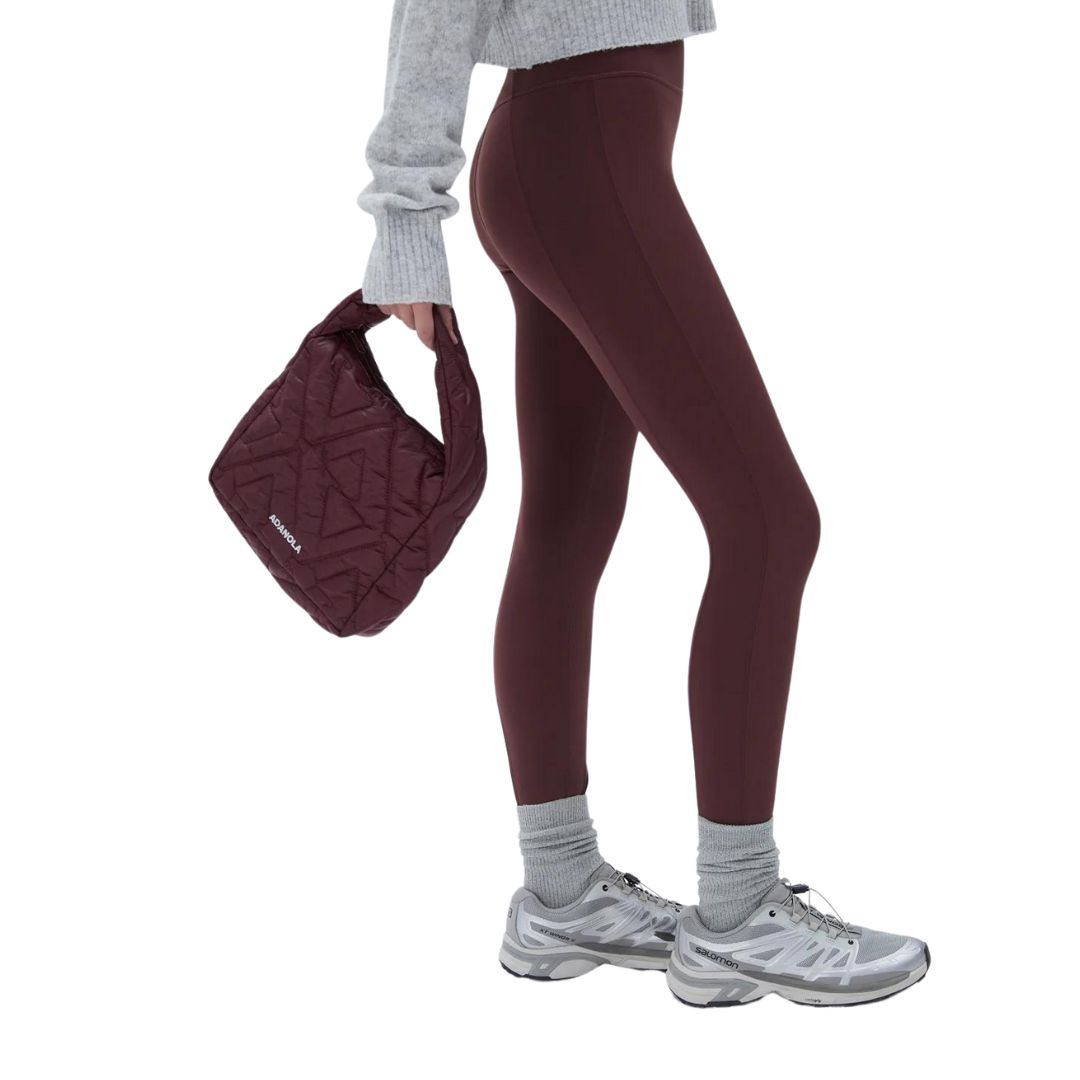
The padded bag trend is showing no sign of waning, and this cute yet chic option from Adanola is a wallet-friendly nod to the aesthetic. Large enough to fit your phone, purse, and essentials, it's as practical as it is pretty.
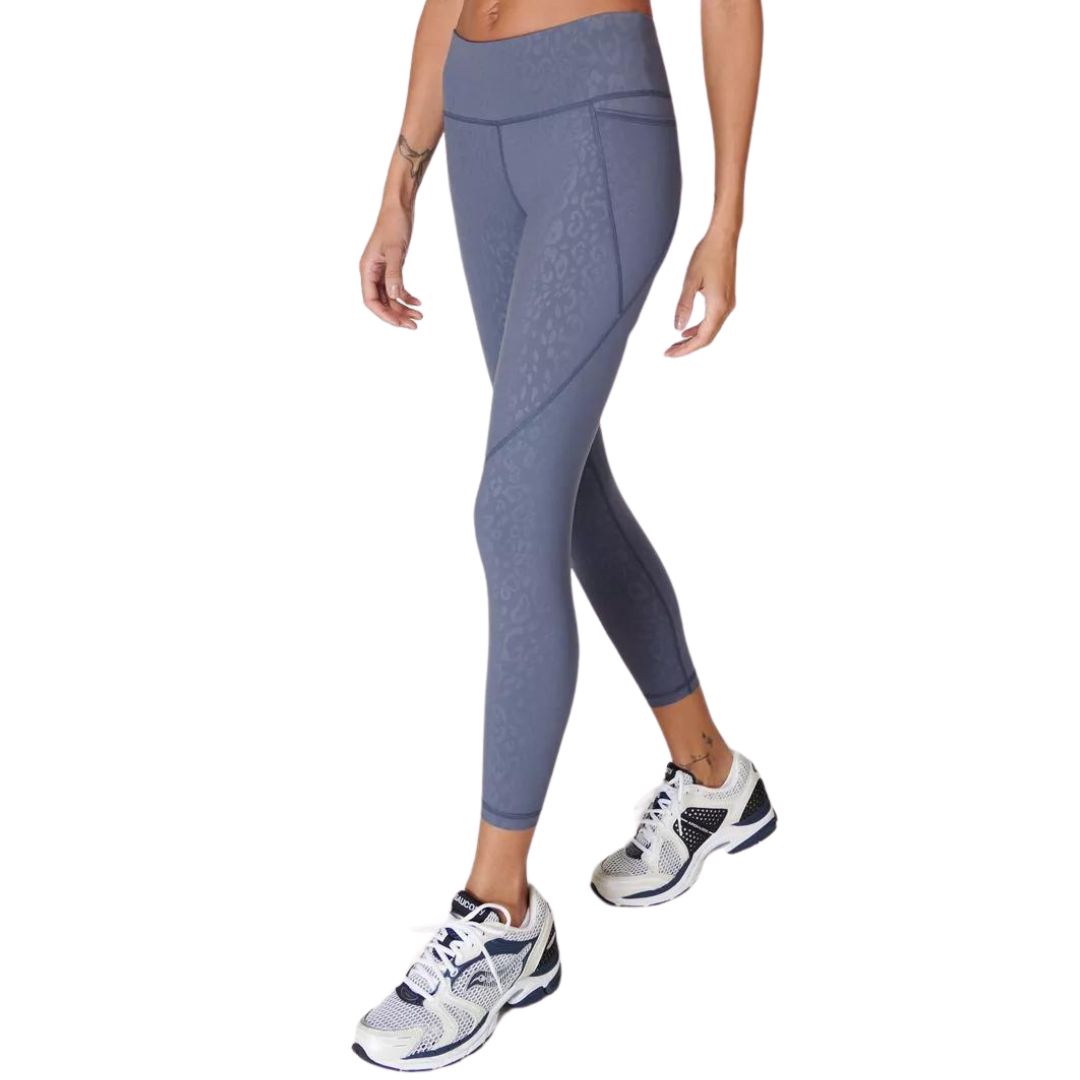
The power leggings from Sweaty Betty are a cult favourite that team MC UK wear on repeat. They're squat proof and stay-put, plus they wash brilliantly and last for years - well worth the investment, in our opinion.

All good workouts start with a decent bra - and this one from PE Nation is not only stylish and suitable for Pilates and more - it's sustainable, too. And did we mention that animal print is bascially a neutral?

Anna Bartter is a freelance journalist who writes about health, fitness and women's lifestyle for publications including Stylist, Metro and Psychologies, among others.
She's always on a quest to find a variety of fun and functional workouts that give you the most bang for your workout buck and she's passionate about championing movement for everyone's mental and physical wellbeing.
-
 Here's a rundown of The White Lotus cast members who have dated in real life
Here's a rundown of The White Lotus cast members who have dated in real lifeBy Jenny Proudfoot
-
 All the coolest brides are wearing drop-waist wedding dresses this year
All the coolest brides are wearing drop-waist wedding dresses this yearWedding Special Minimalist, nostalgic, and universally flattering
By Clementina Jackson
-
 Anya Hindmarch has just launched a fantastical diving shop in central London
Anya Hindmarch has just launched a fantastical diving shop in central LondonFor those who would rather be beside the seaside...
By Sofia Piza
-
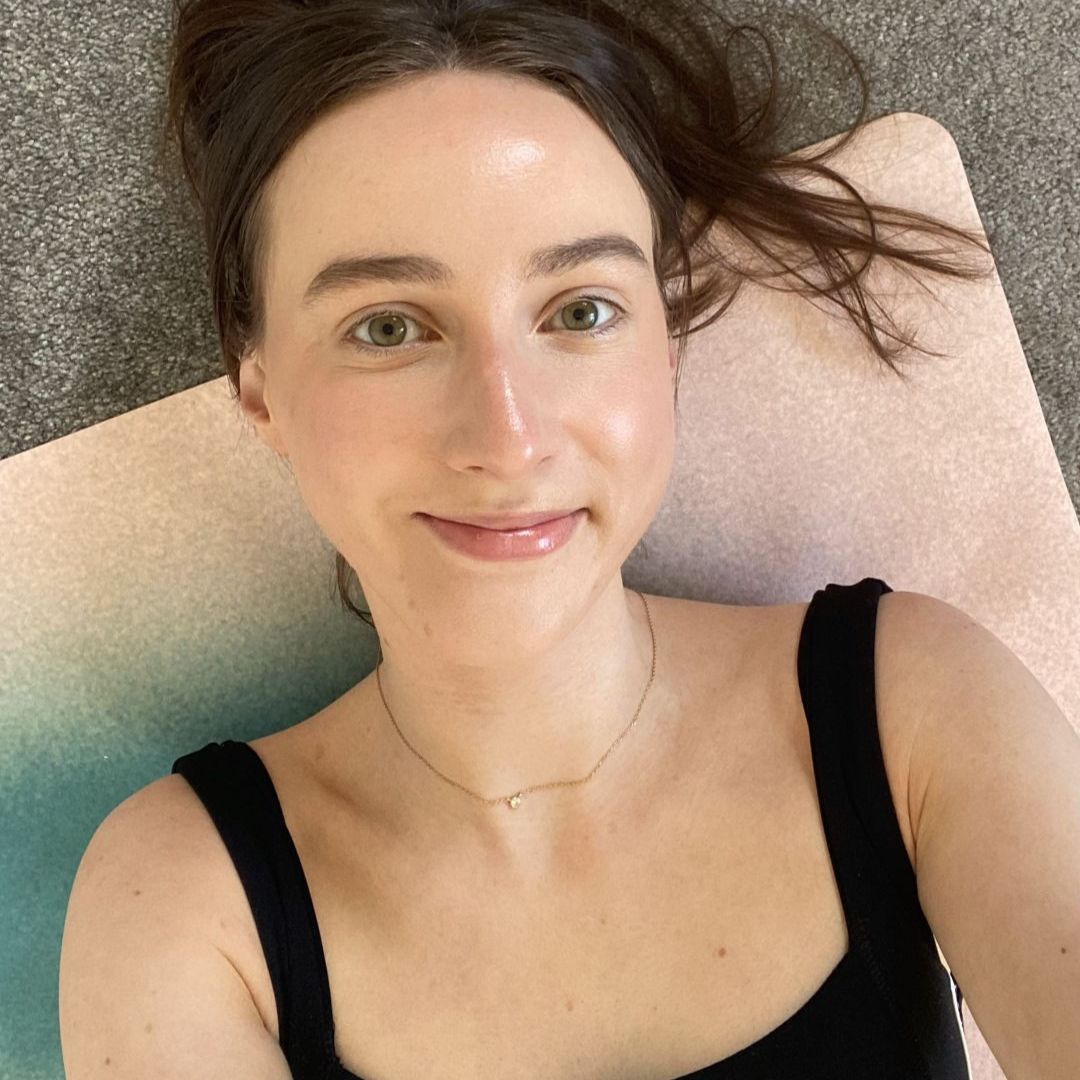 I tried Pilates scissors, the raved-about Pilates move - and think it's the best combination of stretching and strengthening ever
I tried Pilates scissors, the raved-about Pilates move - and think it's the best combination of stretching and strengthening everTrust me, this one's worth trying.
By Katie Sims
-
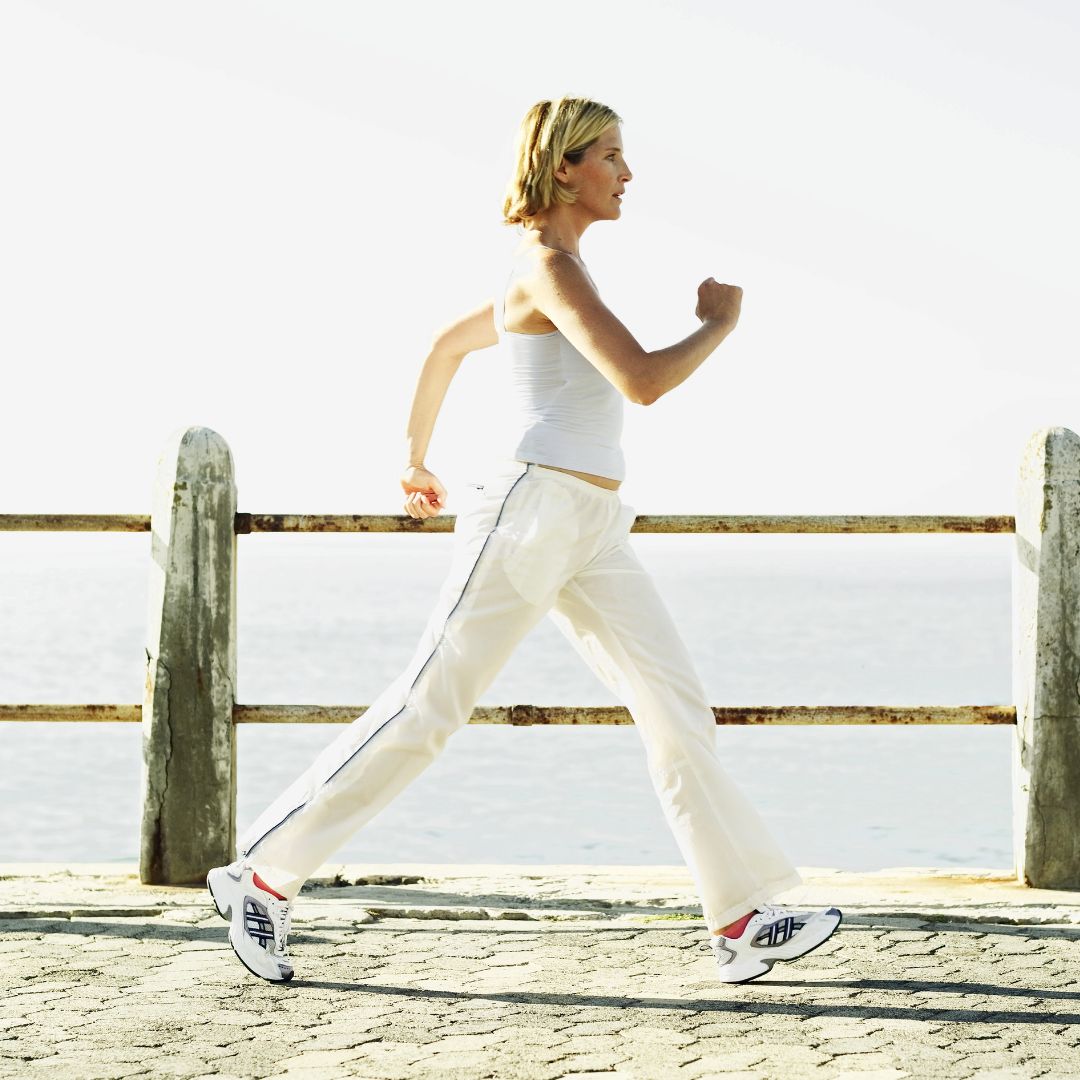 Power walking is the latest trending workout - and it promises to supercharge your health in the simplest way
Power walking is the latest trending workout - and it promises to supercharge your health in the simplest wayKeen to find out more? Step this way...
By Rebecca Shepherd
-
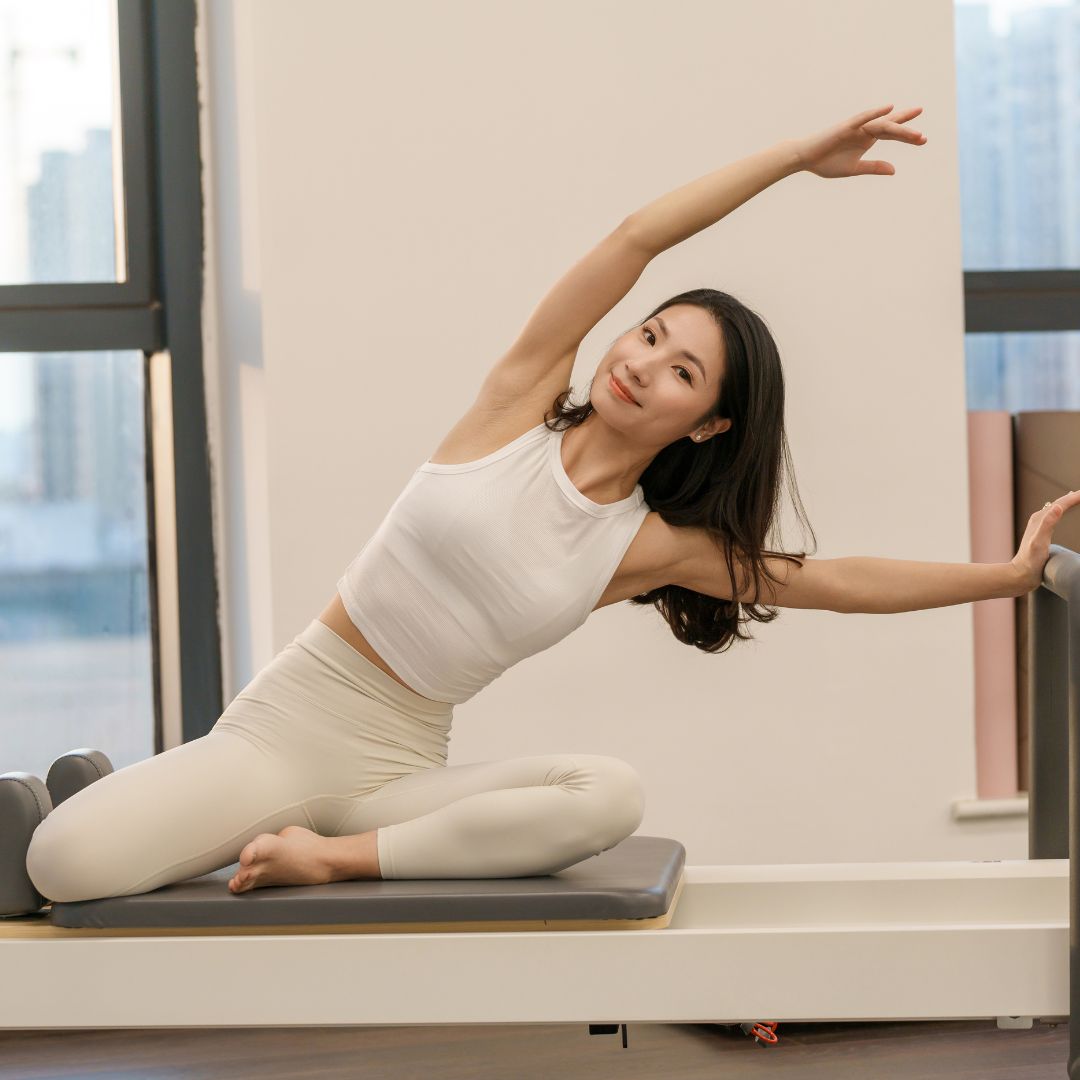 Eager to build a strong, stable core from home? 7 advanced Pilates core exercises that coaches do themselves
Eager to build a strong, stable core from home? 7 advanced Pilates core exercises that coaches do themselvesStability, strength *and* control? It's a yes from us.
By Anna Bartter
-
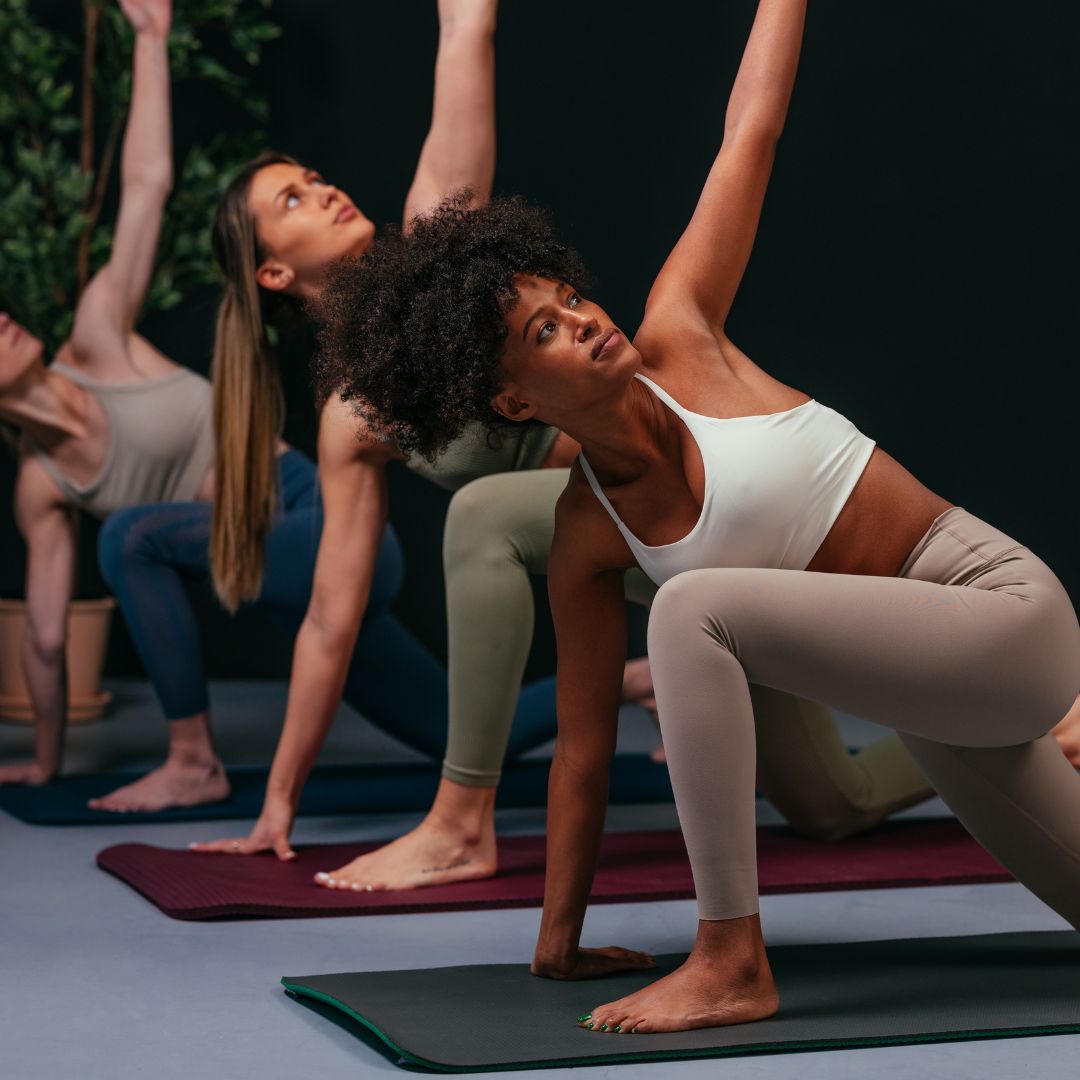 Classical Pilates is raved about worldwide as the most effective type of Pilates you can do - 8 exercises that instructors recommend
Classical Pilates is raved about worldwide as the most effective type of Pilates you can do - 8 exercises that instructors recommendTried, tested and trusted moves.
By Katie Sims
-
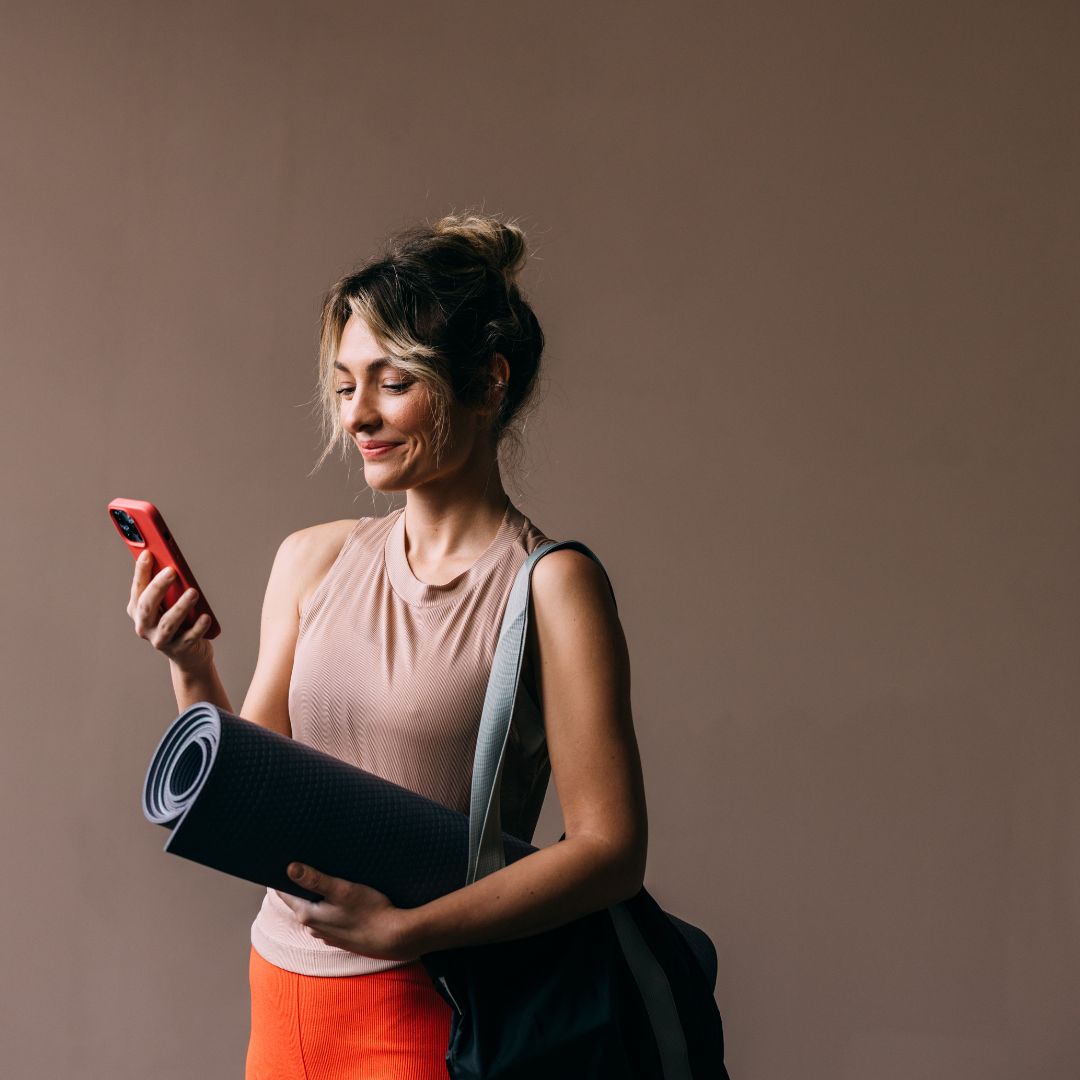 Fan of low-impact sessions? These are officially the 7 best Pilates apps for boosting strength, tone and mood
Fan of low-impact sessions? These are officially the 7 best Pilates apps for boosting strength, tone and moodYou can thank us later.
By Katie Sims
-
 I tried STOTT Pilates at home every day for a week - and I've fallen for the trending workout hook, line and sinker
I tried STOTT Pilates at home every day for a week - and I've fallen for the trending workout hook, line and sinkerYou'll want to give this one a go.
By Katie Sims
-
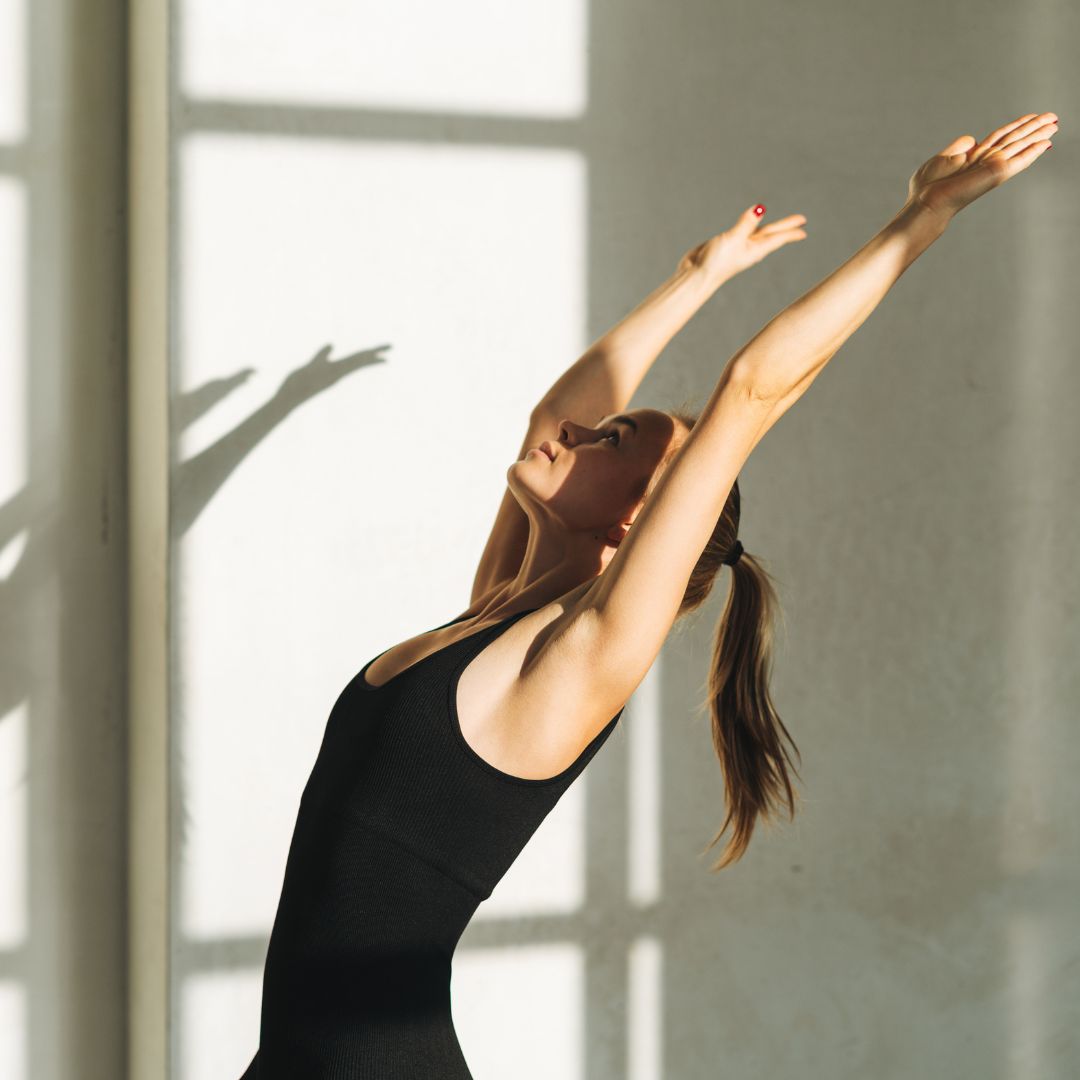 Keen to get Reformer results without the hefty price tag? 5 best Pilates boards to upgrade your home workouts
Keen to get Reformer results without the hefty price tag? 5 best Pilates boards to upgrade your home workoutsThey're great for small spaces, too.
By Amelia Yeomans
-
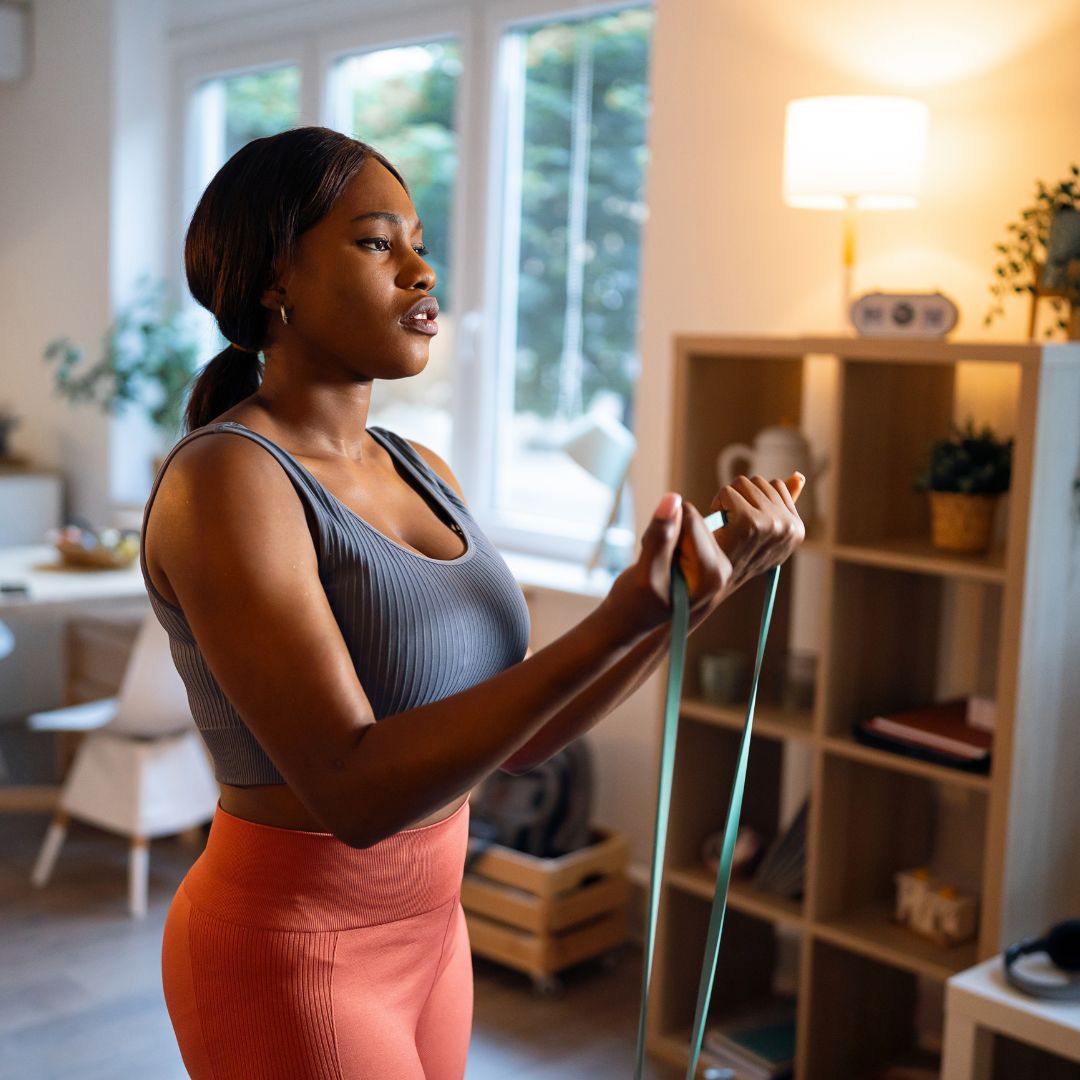 Eager to get strong from home? 6 advanced resistance band full body workouts that'll boost tone, balance and flexibility
Eager to get strong from home? 6 advanced resistance band full body workouts that'll boost tone, balance and flexibilityYes, you can get strong without weights.
By Anna Bartter